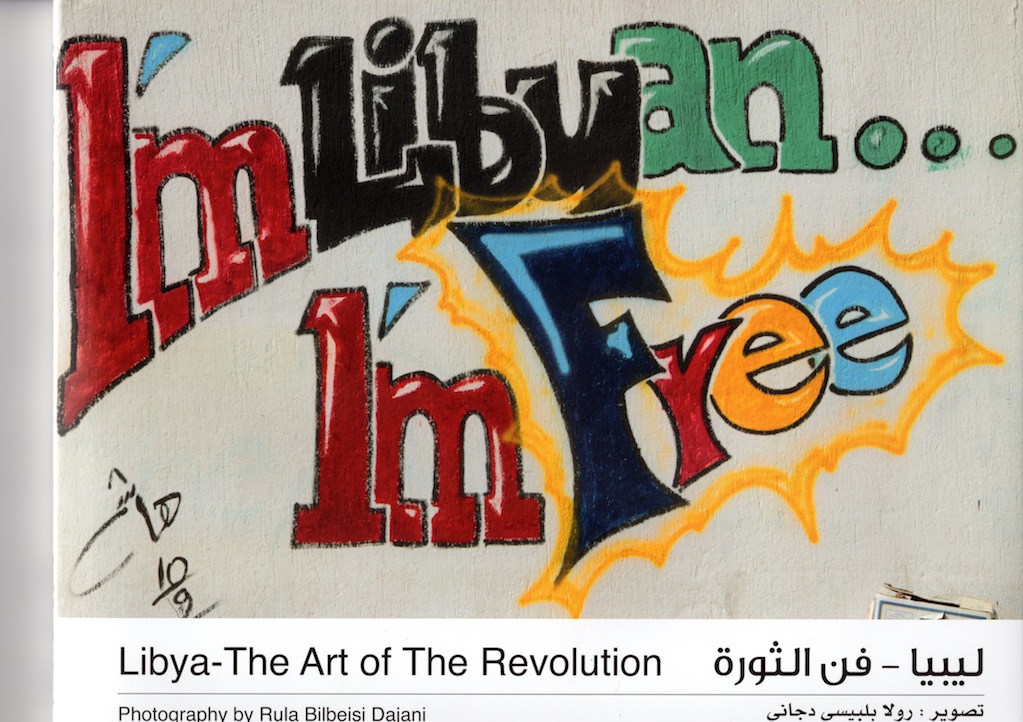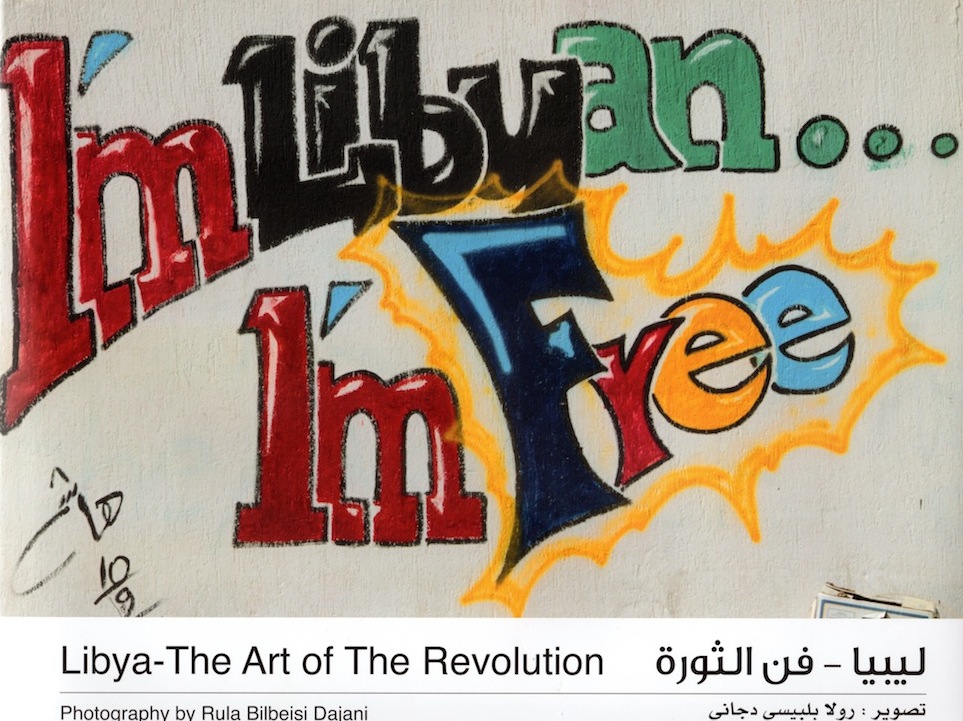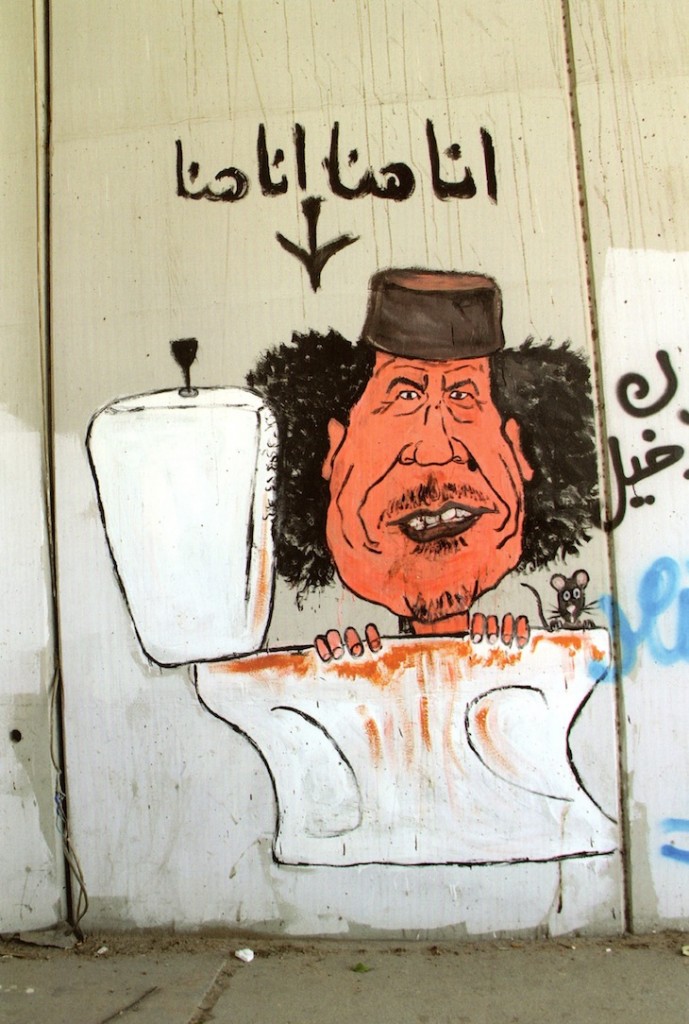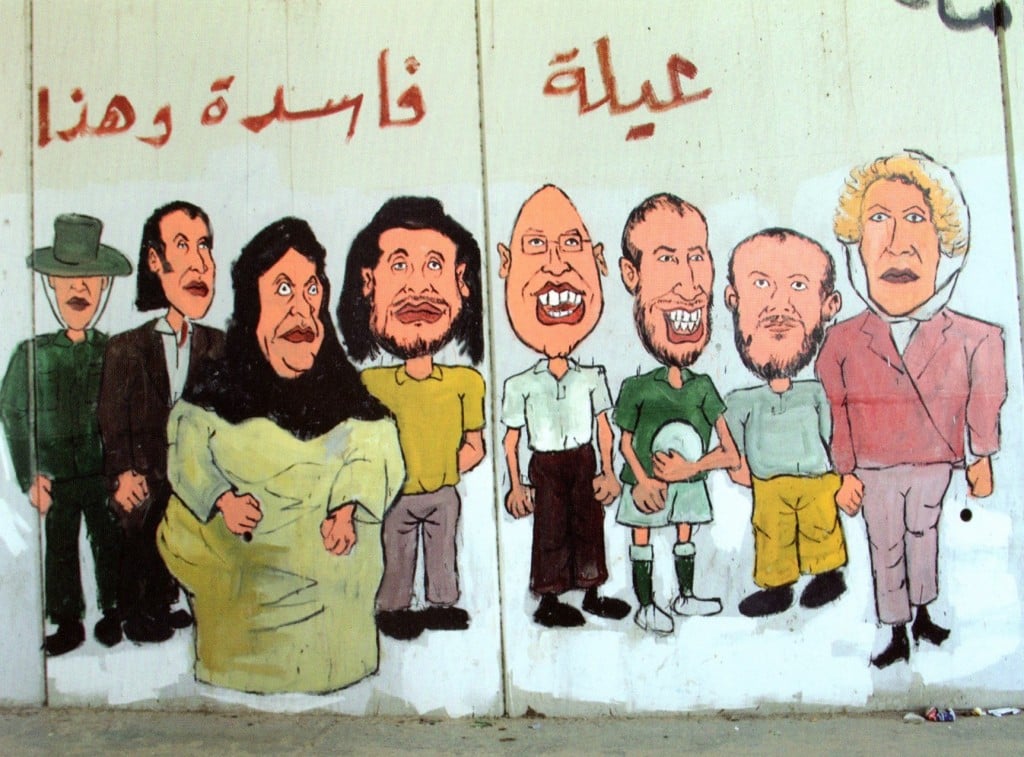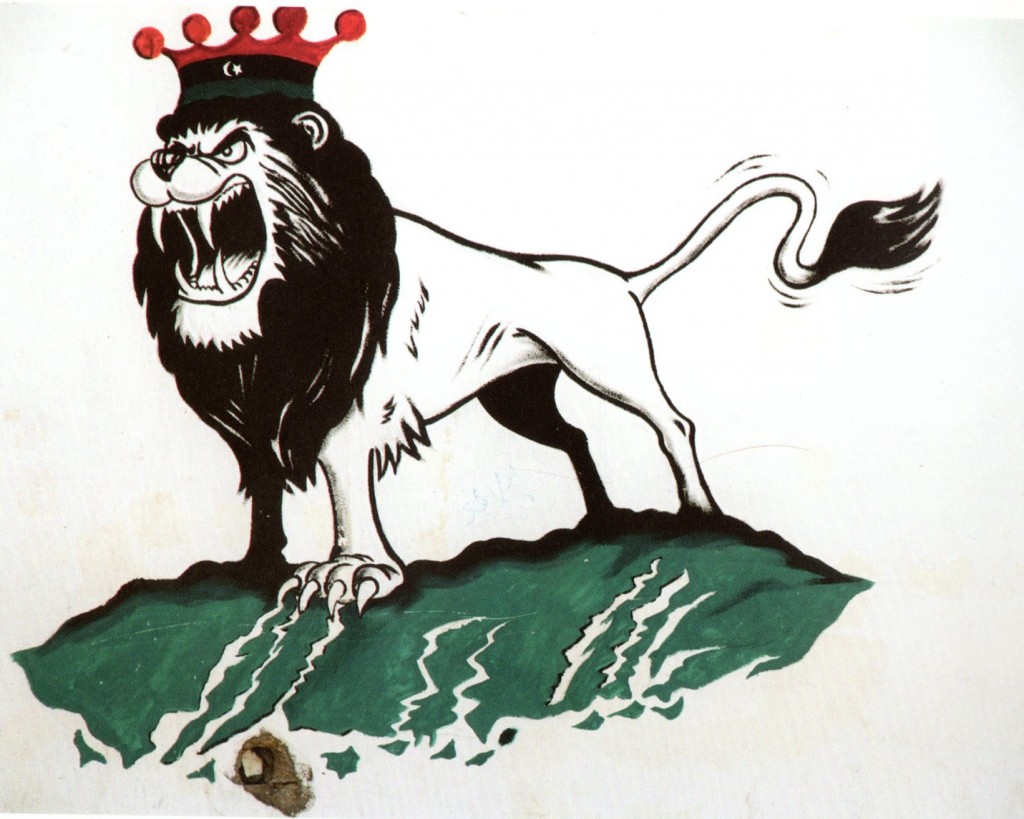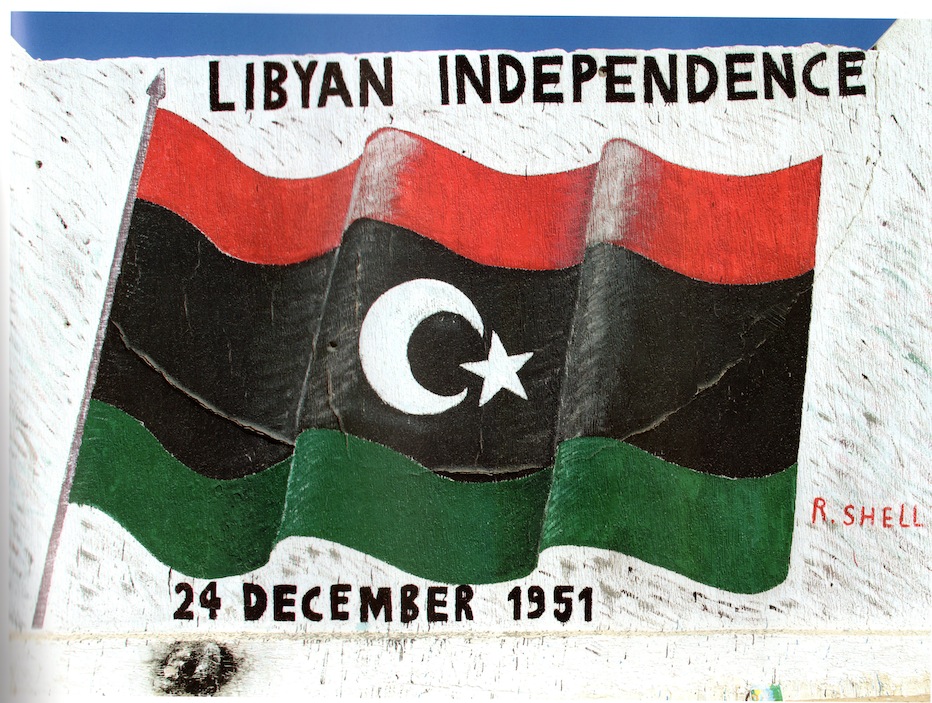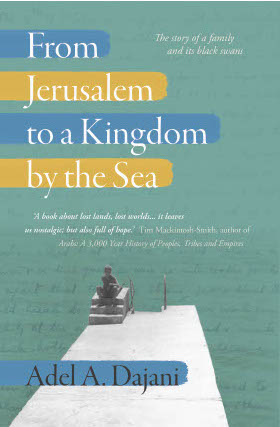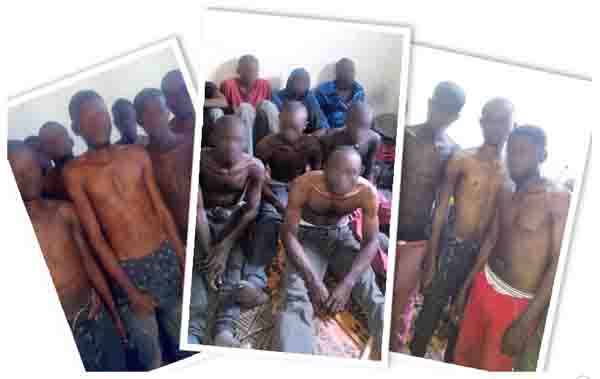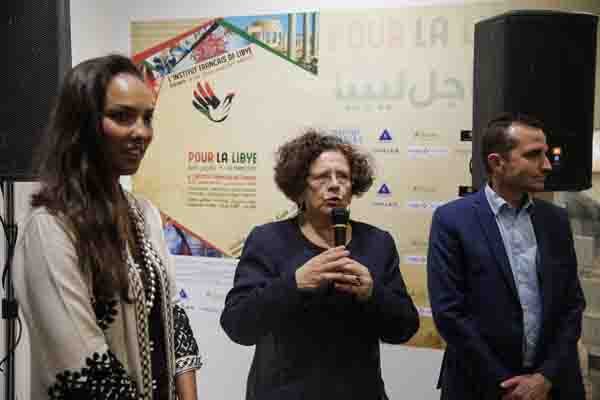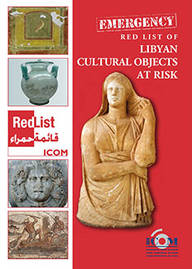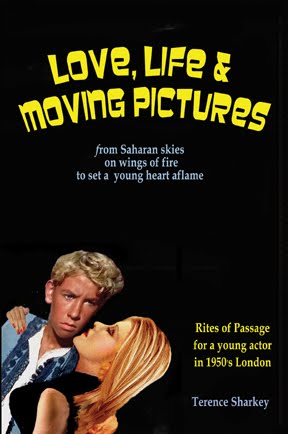By Michel Cousins.
Paris, 22 December 2013:
Graffiti covers the walls . . .[restrict]of Libya. Usually it is words “Libya Hurra” (Free Libya) or “Allahu Akbar”, or the names of individuals who were martyred in the fight for freedom, spay painted by enthusiasts of varying talents. But there is also a great deal of serious street art to be seen which is at times comic, acerbic, angry, inspiring and optimistic – and quite remarkable. The quality of some of the painting is as good as the best street art in London or New York.
Photographer Rula Bilbeisi Dajani has captured an incisive flavour of it in her book “Libya – the Art of the Revolution”. With 79 pictures, plus another four on the outside and inside covers, it is itself a snapshot of the vast amount of what is still to be seen on walls in Tripoli and elsewhere. It certainly cannot have been easy selecting which photos to put in the book.
The triumph over Qaddafi is seen in many ways – Qaddafi being throttled, Qaddafi in the boxing ring defeated by Mustafa Abdul Jalil, Qaddafi being shot, Qaddafi as the rat he notoriously accused Libyans of being, Qaddafi as a snake. There is the amusing Disney cartoon-style series of his wife and children, which can still be seen under the highway bridge in Tripoli’s Hay Demashque district.
Some of the pictures selected emphasise Libya’s past, showing Omar Mukhtar and King Idris. Others symbolise hopes for the future – a hot air ballon in the colours of the independence flag or the torch of liberty being held high, with the flame again in the colours of the flag. The flag, so hated by Qaddafi, is everywhere. But now, so hated is Qaddafi that in some instances his image in the pictures is itself defaced.
What is quite amazing about this street art is that so many of those who created it are unknown. A few pictures, as can be seen in the book, are signed, but the majority are not. So many have been done by ordinary Libyans with an extraordinary talent. Several in fact were done by a garage mechanic who work in Dahra.
The book is an invaluable and delightful record of the revolution. Already, some of the graffiti is fading, others are being disappearing under posters or crude fresh graffiti about the current political situation. Some have vanished altogether, painted over as Libya renews itself. In a year’s time, much more will have gone. Only the photographer’s lens is saving them for posterity.
